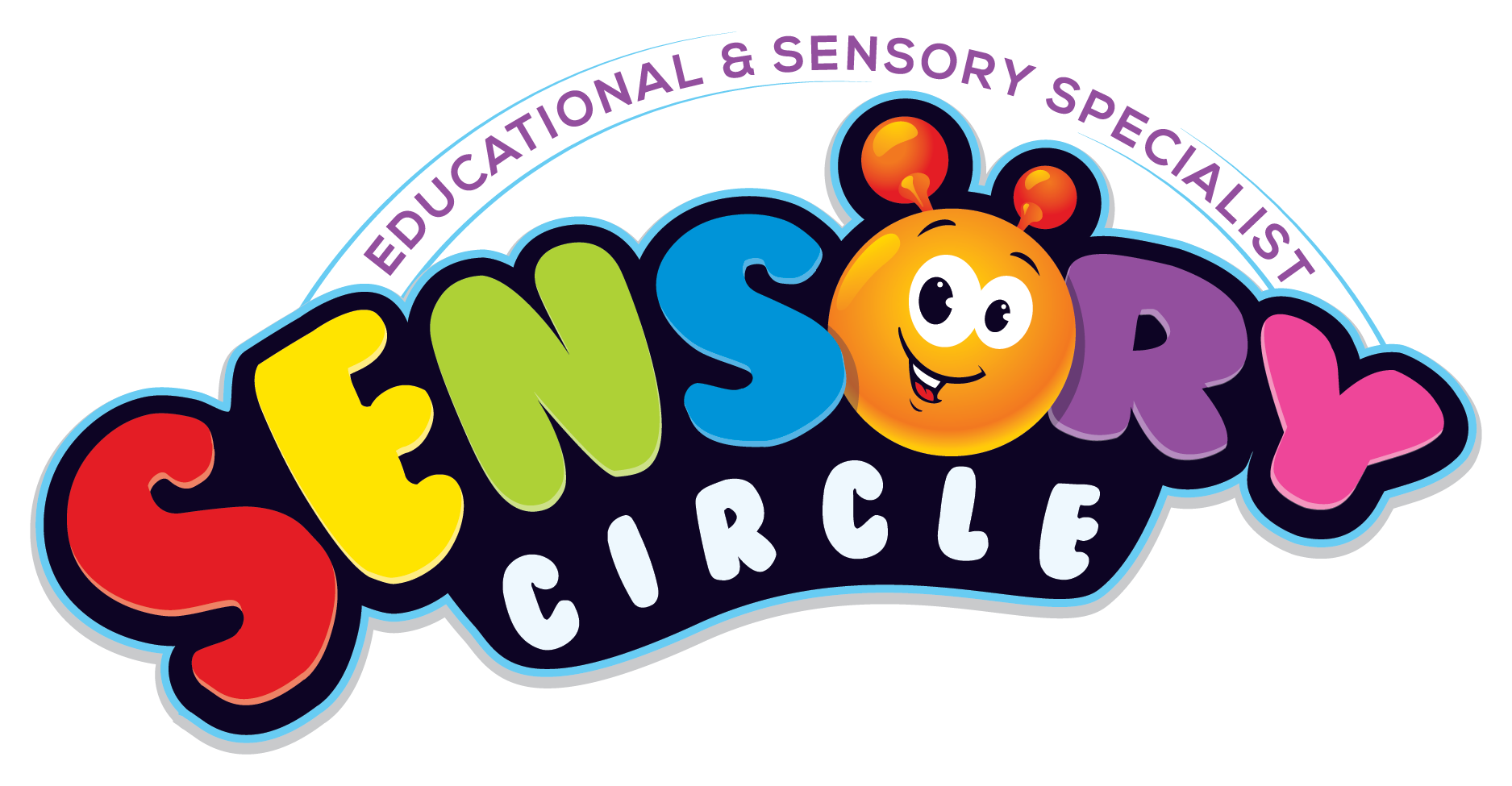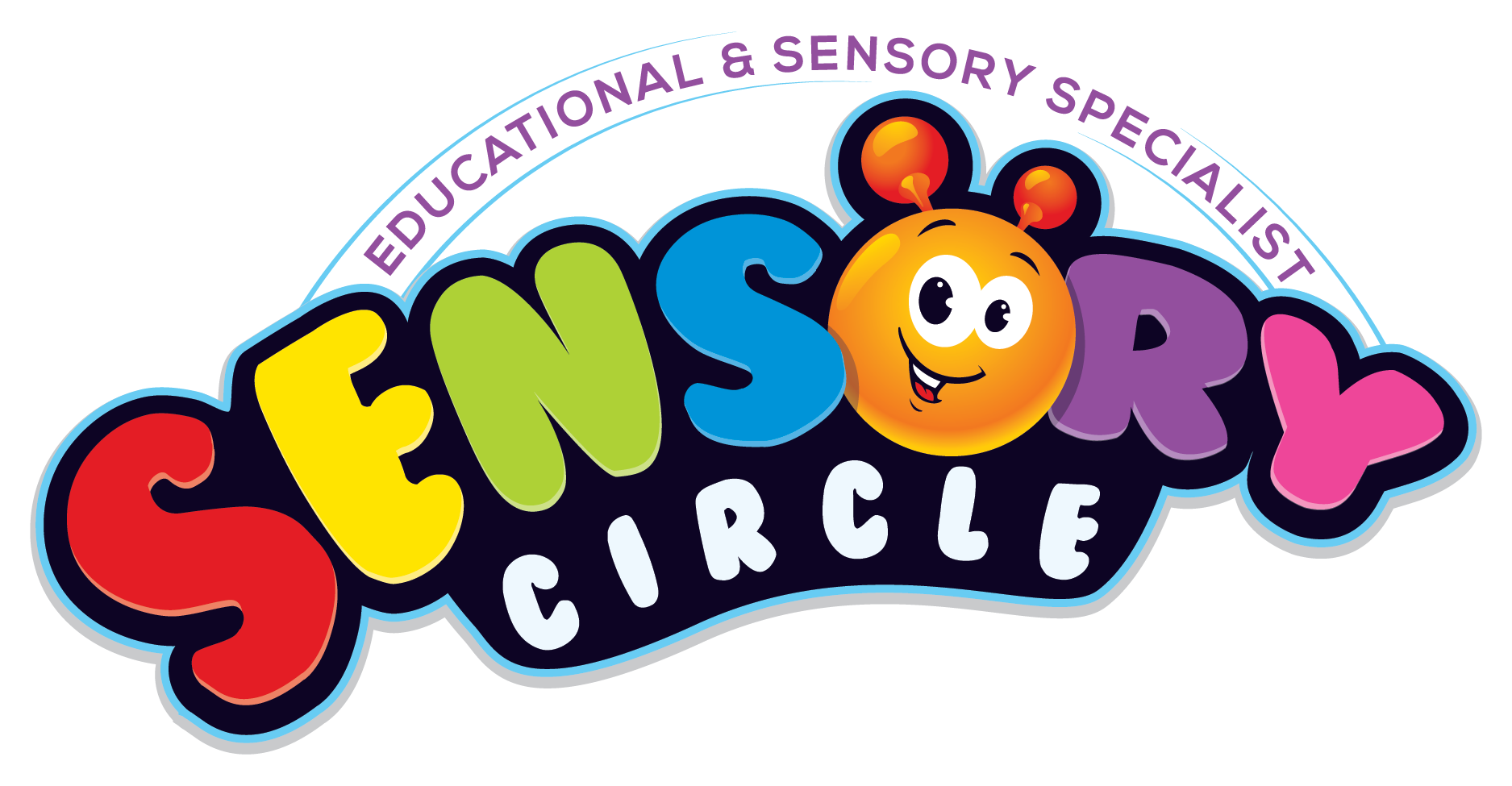
Have you ever marveled at how a simple object can hold a world of wonder for a child? Sensory toys, the unsung heroes of childhood playrooms, go beyond mere entertainment. These dynamic playthings are designed to captivate the senses and spark the imagination, opening doors to untold benefits in children's development. From velvety textures that whisper secrets to vibrant colors that dance like stories unfolding, sensory toys offer a gateway to an enchanting realm where learning seamlessly intertwines with joy.
Sensory toys are not merely trinkets; they are gateways to realms unseen. Every touch, sound, or sight that they unveil is a stepping stone in the journey of child development. In a world that often rushes past nuances and subtleties, sensory play invites children to pause, explore, and discover the world through their senses. It is here within this realm of touch, sound, and sight that children forge connections with their surroundings and cultivate essential skills—from fine motor abilities to emotional understanding—that will shape their future endeavors. Join us on an exploration into the profound impact of these seemingly simple yet immeasurably powerful tools: sensory toys.
Exploring Various Types of Sensory Toys
Sensory toys encompass a wide variety of options catering to different sensory needs. Tactile sensory toys, such as textured balls or squishy toys, provide children with tactile processing issues the opportunity to experience various textures in a controlled environment, aiding them in desensitization and sensory regulation. For example, a child who is hypersensitive to touch may benefit from gradually exposing themselves to different textures through play with a textured sensory mat. These toys not only serve as tools for exploration but also as instruments for self-soothing and comfort.
Visual sensory toys are designed to captivate and engage children's visual senses. Items like light-up spinning wands or glitter jars are not only visually stimulating but also excellent for promoting visual tracking skills essential for reading and writing development. By incorporating these types of toys into playtime or learning activities, parents, educators, and therapists can create enriching experiences that support children's visual processing abilities. An interesting example could be using kaleidoscope tubes during storytime to enhance children's imagination and engagement through mesmerizing visuals.
Auditory sensory toys cater to children who respond well to sounds and music. They range from musical instruments like drums or chimes to sound-emitting gadgets that produce calming noises like ocean waves or raindrops. For instance, a child with auditory sensitivities may find comfort in using noise-cancelling headphones paired with soothing auditory toys during overwhelming situations to create a relaxing auditory environment. By blending auditory elements into play sessions, caregivers can help children regulate their emotions effectively while enjoying interactive play experiences tailored to their specific needs.
The Role of Sensory Toys in Educational Settings
Sensory toys play a crucial role in educational settings by enhancing learning experiences for children of all abilities. By incorporating sensory toys into lessons, educators can cater to diverse learning styles and engage students in a more hands-on way. For instance, using textured shapes or objects during math activities can help tactile learners grasp concepts more effectively. Visual learners could benefit from colorful interactive boards that make abstract ideas more tangible. By addressing different sensory needs, teachers create inclusive classrooms where every student has the opportunity to thrive.
Multisensory activities are powerful tools for improving memory and retention among students. When multiple senses are engaged simultaneously during the learning process, information is processed more deeply and stored more effectively in long-term memory. For example, a science experiment that involves touching various textures while observing chemical reactions creates lasting memories for students. Likewise, using music or sounds as mnemonic devices can help students recall information effortlessly during assessments.
In creating inclusive classrooms with diverse sensory tools, educators acknowledge the individuality of each student's sensory preferences and needs. By offering a variety of sensory toys—from fidget spinners for restless hands to noise-canceling headphones for auditory sensitivity—teachers ensure that every child feels comfortable and supported in their learning environment. Moreover, providing choices empowers students to regulate their own sensory experiences, fostering independence and self-awareness. Ultimately, by integrating sensory toys into educational settings thoughtfully, educators not only enhance academic outcomes but also nurture holistic development in children.
Sensory Toys for Therapeutic Purposes
In the realm of occupational therapy, sensory toys play a crucial role in helping individuals, especially children with sensory processing issues, navigate and regulate their senses effectively. These therapeutic sessions often involve the use of specific sensory toys tailored to address a child's unique needs. For instance, a child who struggles with tactile sensitivity may benefit from using squishy stress balls or textured fidget toys to gradually desensitize their touch responses. By incorporating these targeted toys, therapists can create a safe environment for children to explore and engage with different textures and sensations at their own pace.
Moreover, sensory toys are valuable tools for addressing sensory sensitivities and overstimulation that individuals may experience in various environments. For instance, children on the autism spectrum might find crowded spaces overwhelming due to sensory overload. In such cases, incorporating noise-canceling headphones or visual calm-down bottles in therapy sessions can provide them with coping mechanisms to manage sensory triggers effectively. These specially designed tools offer a sense of control and comfort, empowering individuals to regulate their responses to external stimuli.
Beyond managing sensory challenges, calming sensory tools serve as powerful resources for promoting relaxation and stress relief in both therapeutic settings and everyday life. Tools like weighted blankets, aromatherapy playdough, or soothing light projectors can help individuals unwind, reduce anxiety levels, and improve focus. By engaging with these calming sensory toys regularly, individuals can develop healthy coping strategies and cultivate a sense of tranquility amidst life's daily pressures. In essence, the intentional incorporation of such tools underscores the transformative impact sensory play can have on enhancing well-being and fostering emotional regulation across diverse age groups and needs.
DIY Sensory Toy Ideas for Home and School Use
When it comes to incorporating sensory toys into the daily lives of children, especially at home or in educational settings, DIY projects offer a wonderful opportunity to craft personalized tools that cater to individual needs. Creating homemade sensory toys can be not only cost-effective but also a fun and engaging process for both adults and children alike. For example, parents and teachers can involve kids in making textured sensory bottles using everyday materials like rice, beans, glitter, or small toys. These bottles provide visual stimulation and calming effects when shaken gently, making them ideal for relaxation or as a focus tool in classrooms.
Engaging children in the creative process of making their own sensory toys brings a sense of accomplishment and pride that enhances the overall sensory experience. This involvement allows kids to have a say in selecting colors, textures, and shapes that resonate with their preferences and sensitivities. An exciting DIY project could involve constructing a tactile play mat by sewing together different fabrics with varying textures like fleece, satin, or faux fur. Children can explore these textures through touch and movement, promoting sensory exploration while honing their fine motor skills.
Additionally, adaptable DIY ideas ensure that homemade sensory toys cater to different age groups and developmental stages. For younger children just beginning their sensory play journey, simple concepts like creating sensory boards with various textures such as sandpaper or bubble wrap can offer tactile stimulation. On the other hand, older kids may enjoy more complex projects like crafting stress balls filled with rice or flour for squishing and squeezing during moments of anxiety or stress. The versatility of these DIY options allows caregivers and educators to tailor sensory experiences based on the unique needs of each child while fostering creativity and resourcefulness.
Incorporating these DIY sensory toy ideas into home routines or classroom activities not only promotes skill development but also strengthens the bond between adults and children through collaboration and shared experiences. By encouraging creativity and customization in sensory play tools, individuals can unlock the full potential of these homemade creations to support learning, relaxation, and emotional regulation in diverse contexts.
Best Practices for Selecting Sensory Toys
When selecting sensory toys for children, it is crucial to consider their individual preferences and sensitivities. Every child is unique, with varying interests and sensory needs. For example, a child who is sensitive to loud noises may benefit more from soft, textured toys that provide tactile feedback rather than toys that produce sound. By understanding each child's specific sensory profiles, parents, educators, and therapists can choose toys that cater to their needs and interests, promoting engagement and enjoyment in play.
Another essential factor to keep in mind when choosing sensory toys is safety standards and durability. Sensory toys often involve different textures, materials, and mechanisms that children interact with closely. Ensuring the toys are made from non-toxic materials, free of small parts that could be a choking hazard, and built to withstand regular use is key to providing a safe play environment for children. For instance, selecting sensory balls made from high-quality, BPA-free material can ensure durability while meeting safety requirements for young children.
Consulting professionals such as occupational therapists or developmental psychologists can offer valuable guidance on selecting appropriate sensory tools tailored to a child's specific needs. These experts possess insights into how different types of sensory input can benefit children with various developmental challenges or learning styles. Seeking professional advice can help in identifying which sensory toys would best support a child's sensory integration skills or help regulate their responses to stimuli. For instance, an occupational therapist might recommend weighted blankets or compression vests as calming tools for children with sensory processing disorders based on their therapeutic benefits.
By following these best practices of considering individual preferences, ensuring safety and durability, and seeking expert advice when needed, parents, educators, and therapists can make informed decisions when selecting sensory toys for children. Ultimately, the right selection of sensory tools not only engages children in playful experiences but also supports their development and well-being through tailored sensory stimulation.
Unlocking the Full Potential of Sensory ToysIn conclusion, sensory toys offer a multitude of benefits for children's development. By engaging in sensory play, kids can enhance their cognitive abilities, fine-tune their motor skills, and boost their emotional regulation. Through tactile, visual, and auditory stimulation provided by these toys, children with sensory processing issues find avenues for expression and growth that traditional toys may not offer. Educators can also leverage sensory toys to create immersive learning experiences that cater to diverse learning styles and promote inclusivity in the classroom.
To maximize the potential of sensory toys, it is crucial for parents, educators, and therapists to continue exploring and implementing a variety of sensorial experiences. By understanding individual preferences and sensitivities when selecting toys, ensuring safety standards are met, and seeking guidance from professionals where needed, one can create tailored sensory environments that foster growth and well-being in children. Let us embrace the magic of sensory play and unlock the secret benefits that lie within these seemingly simple yet incredibly powerful tools.




